-
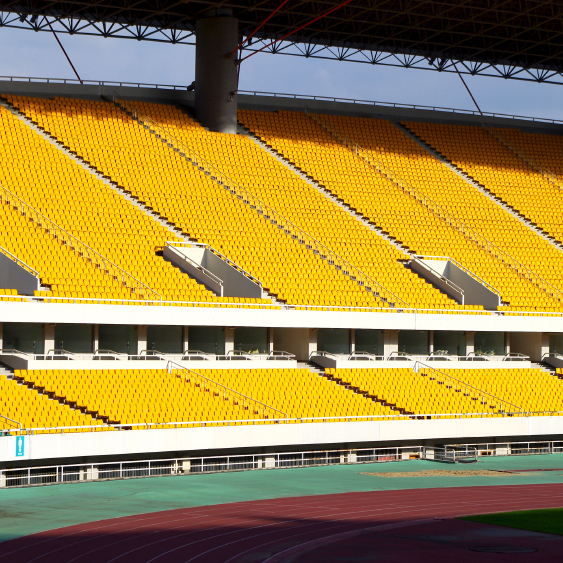
How would you design the seating for an Olympic stadium to give spectators the best view of events? This geometry and modelling activity is designed to be accessible to both GCSE and A-level maths students (Key Stage 4 and Key Stage 5), who can tackle it at different levels.
-
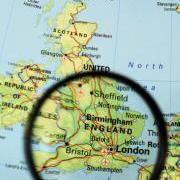
Can you plan routes for the Olympic Torch to visit these cities? How far will it travel? How long will it take? This activity gives children the opportunity to calculate using distance and time and is aimed at Key Stage 2 primary school pupils.
-
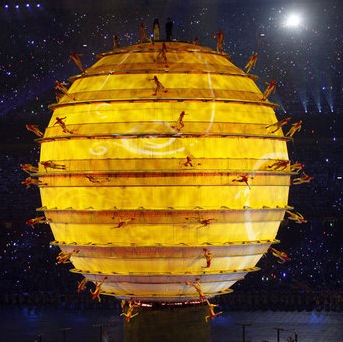
As excitement mounts ahead of the start of the London 2012 Olympic and Paralympic Games, take a look back at the opening ceremony for the 2008 Games in Beijing. What shapes and patterns can you see? This activity is aimed at young primary school children at KS1.
-

The use of performance enhancing drugs is the dark side of sport, and there are stringent measures in place to try to screen athletes. But what's the likelihood that an athlete who fails a drug test has actually taken the banned drug? What do you think is the fairest way to construct a drug-testing regime? This activity, aimed at A-level students, explores some of the mathematics involved.
-

You are designing and marking out the running track for a new Olympic stadium. Where should the staggered starting positions be marked for the 200m and 400m events? This activity is aimed at Key Stage 4 students (age 14-16).
-

During the Olympic and Paralympic Games many national flags will be on display. This activity explores 2D shapes, angles and symmetries in the context of flag designs, and is designed to be accessible to primary pupils at Key Stage 2.
-
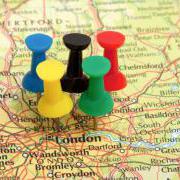
This activity explores shapes and circles by encouraging children to look really hard at something they will see very often in the run-up to London 2012, and is designed to be accessible to primary pupils at Key Stage 1.
-
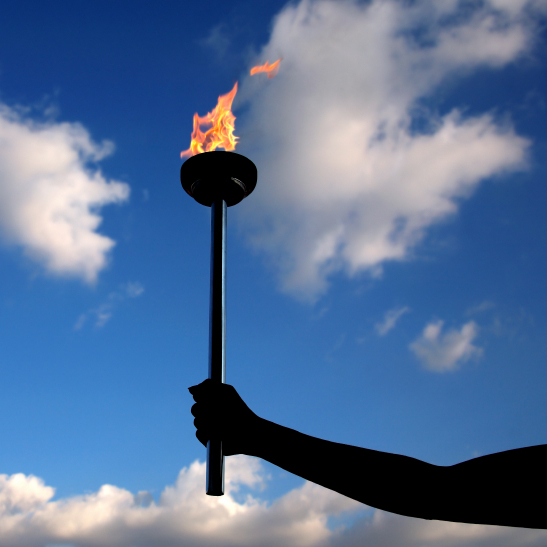
The organisers of the Olympic Torch Relay hope that the planned route means that the Torch will come within 10 miles of 95% of the population of Britain. Has this worked? This activity can be approached at different levels by a wide range of ages from older primary school pupils to GCSE students (Key Stages 2 to 4).
-

Can you find the best route for the Olympic Torch relay to take? This more challenging activity is designed to be accessible to GCSE maths students (Key Stage 4).
-
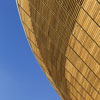
The Velodrome, with its striking curved shape, was the first venue to be completed in the London Olympic Park, and was shortlisted for the 2011 RIBA Stirling Prize, the UK's most prestigious architectural award. This article interviews structural engineers Andrew Weir and Pete Winslow, part of the design team for the Velodrome, to discover how mathematics helped create its iconic shape.

